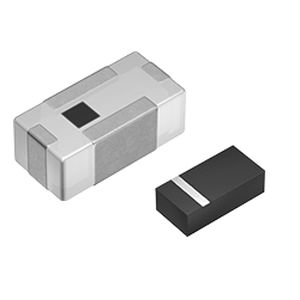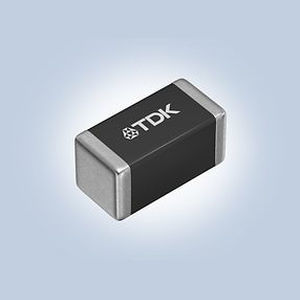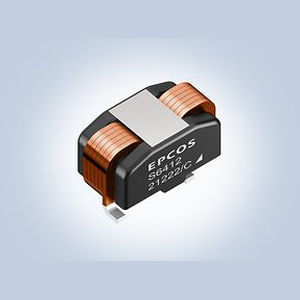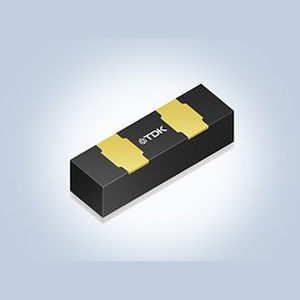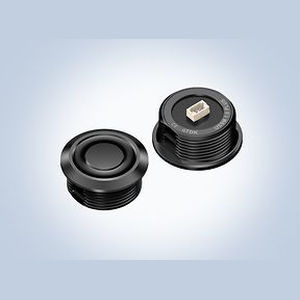
- Detection - Measurement
- Temperature and Humidity Measurements
- NTC thermistor
- TDK Electronics Europe
NTC thermistor NTCWS

Add to favorites
Compare this product
Characteristics
- Type
- NTC
- Temperature
Min.: -40 °C
(-40 °F)Max.: 125 °C
(257 °F)
Description
Available with Au wire bonding
Within ±1% tolerance of both resistance and B value, enabling highly accurate temperature sensing
Used to measure temperature of laser diodes in optical communication transceivers and LiDAR
TDK Corporation (TSE:6762) has announced the introduction of its new NTCWS series of NTC thermistors, available with Au wire bonding. These bondable NTC thermistors can be mounted with Au wire bonding inside the package for highly accurate temperature detection of laser diodes (LDs) used for optical communication. Mass production of the product series began in September 2023.
The use of LD devices in optical communication transceivers is increasing, as typified by 5G and LiDAR used for inter-vehicle distance measurement. Since the wavelength of LDs changes with temperature, controlling the temperature of LDs is the key to improving their performance.
The new NTCWS series of temperature sensors from TDK supports a narrow tolerance (± 1%) of resistance and B value and can be mounted with Au wire bonding near the LD for highly accurate temperature sensing. Featuring a compact and lead-free design, the NTCWS series thermistors can withstand operating temperatures of -40 ~ 125 °C. TDK has initially released sensors with a B value of 3930 K ± 1 % (the NTCWS3UF103FC1GT and NTCWS3UF103HC1GT) and plans to release additional products with other characteristics in the future.
TDK is committed to improving temperature sensor products for industrial and automotive applications and will continue to expand its NTC thermistor portfolio to meet market needs.
Catalogs
No catalogs are available for this product.
See all of TDK Electronics Europe‘s catalogsOther TDK Electronics Europe products
RF Components and Modules
Related Searches
- Temperature probe
- Resistance temperature probe
- Waterproof temperature probe
- Humidity transmitter
- NTC temperature probe
- Relative humidity transmitter
- Thermistor
- In-line moisture sensor
- NTC thermistor
- Harsh environment temperature probe
- PTC thermistor
- High-precision humidity transmitter
- Chip thermistor
- Insertion humidity probe
- Resistance humidity transmitter
- Halogen-free temperature sensor
*Prices are pre-tax. They exclude delivery charges and customs duties and do not include additional charges for installation or activation options. Prices are indicative only and may vary by country, with changes to the cost of raw materials and exchange rates.


